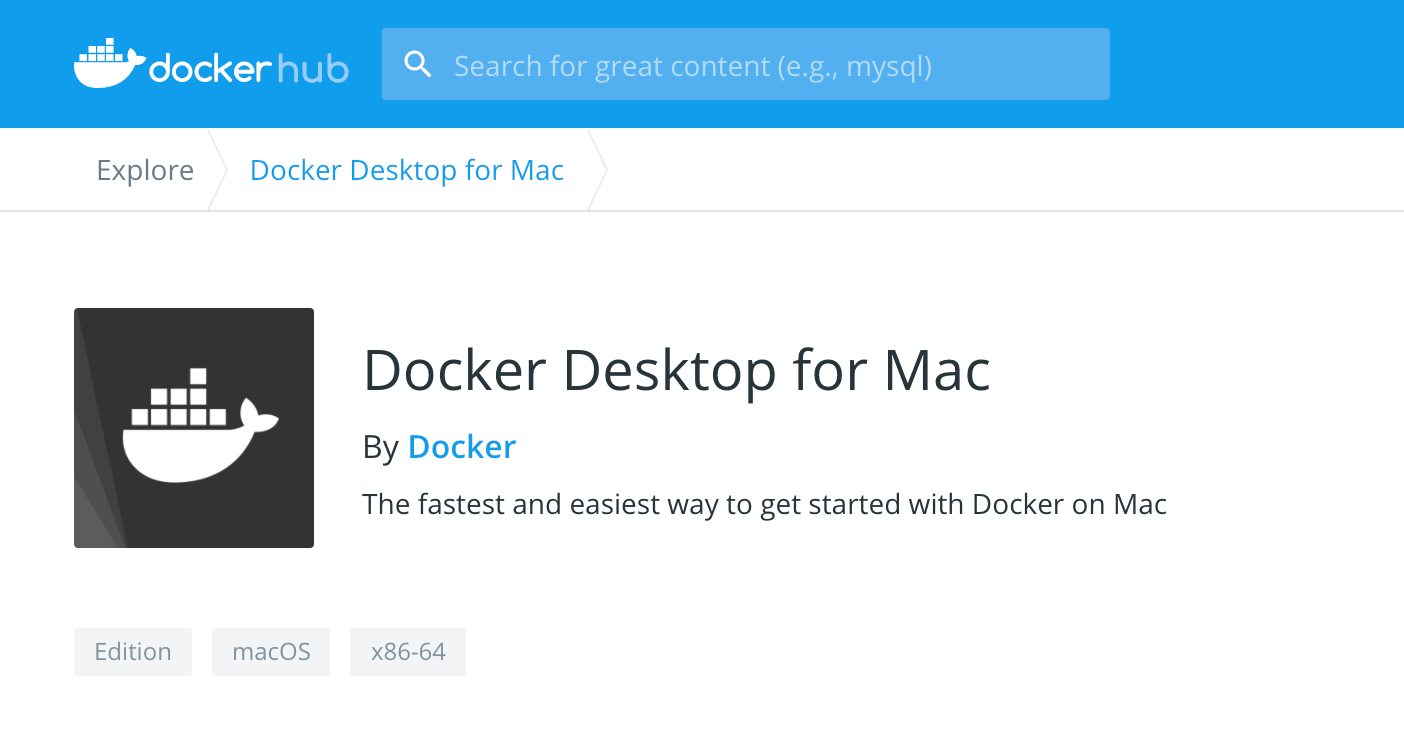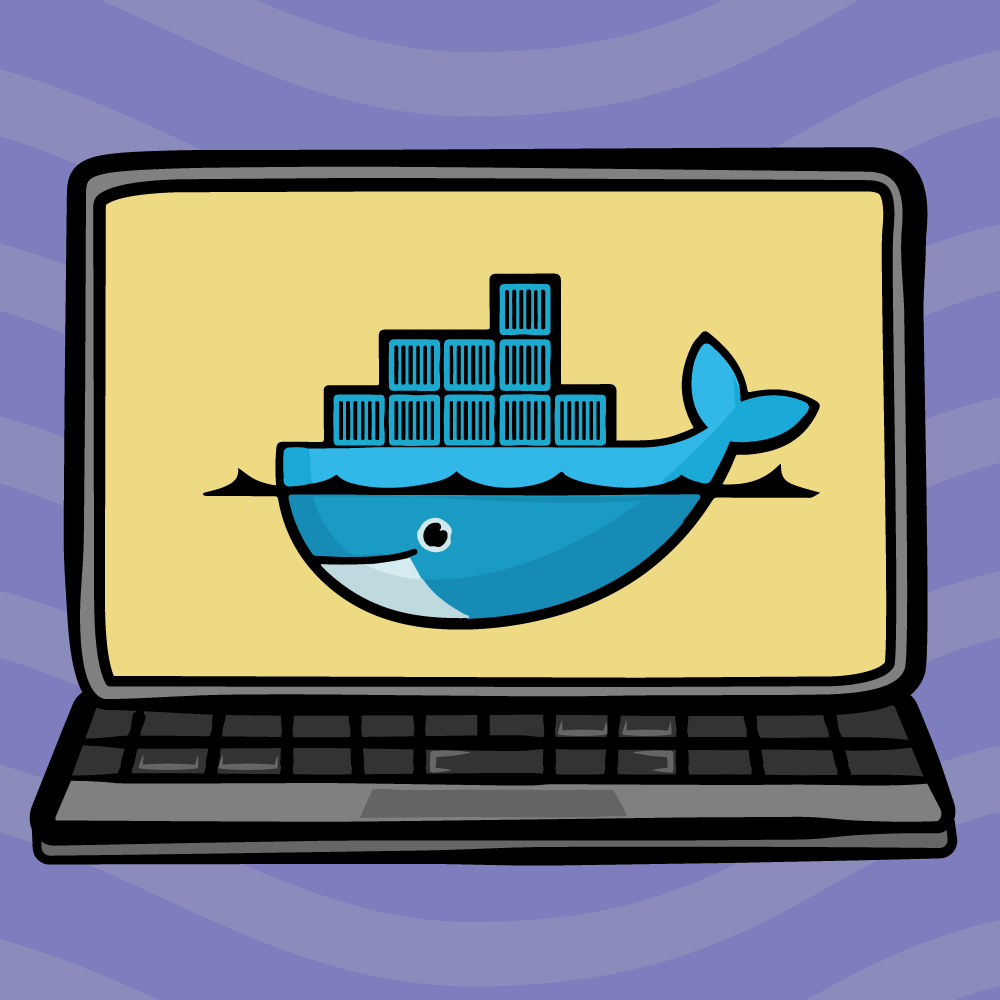
- #DOCKER FOR MAC WHERE ARE IMAGES STORED HOW TO#
- #DOCKER FOR MAC WHERE ARE IMAGES STORED DRIVERS#
- #DOCKER FOR MAC WHERE ARE IMAGES STORED DRIVER#
- #DOCKER FOR MAC WHERE ARE IMAGES STORED CODE#
- #DOCKER FOR MAC WHERE ARE IMAGES STORED ISO#
#DOCKER FOR MAC WHERE ARE IMAGES STORED HOW TO#
To learn how to create a new Laravel application, please consult Laravel's installation documentation for your operating system. Laravel Sail is automatically installed with all new Laravel applications so you may start using it immediately. Laravel Sail is supported on macOS, Linux, and Windows (via WSL2). The sail script provides a CLI with convenient methods for interacting with the Docker containers defined by the docker-compose.yml file. Sail provides a great starting point for building a Laravel application using PHP, MySQL, and Redis without requiring prior Docker experience.Īt its heart, Sail is the docker-compose.yml file and the sail script that is stored at the root of your project. Laravel Sail is a light-weight command-line interface for interacting with Laravel's default Docker development environment.

Accessing Volumesīind mounts can be accessed directly, and are a great choice if you want to store config that’s used for many containers, or store accessible data that persists across container restarts. If you’re doing any work that requires you to modify data on running containers, you should probably be modifying a volume or bind mount. These are stored normally, and are accessible to end users. Then, there are mounts, which bind directories from the host to the container, usually managed automatically with a Docker feature called volumes.
#DOCKER FOR MAC WHERE ARE IMAGES STORED DRIVER#
In either case, the storage of these depends on the filesystem driver Docker is configured to use. The lower dir stores the base image data, and the upper dir stores everything that was changed at runtime, such as log files. Docker uses a “lower dir” and “upper dir,” which are separate layers that get merged into one hybrid filesystem. First is the base filesystem, which is copied from the image and is unique to each container. docker inspect containerIDĬontainers store data in two ways.
#DOCKER FOR MAC WHERE ARE IMAGES STORED DRIVERS#
You can view all info about a container with docker inspect, which shows the filesystem drivers and data, as well as all the existing mounts and volumes. pull/push: updates from a remote registry.save & load: saves and loads images to a tar archive.inspect: displays info about a container version.That covers the main use case, but there are a few more useful commands: To prune all old images not used by existing containers, run it with the -a flag: docker image prune -a not tagged or not referenced by any container. This will prune all images that have no references, i.e. To clean these up, Docker provides a built-in command to run garbage collection. However, if you use a lot of different images, you might have many images saved that aren’t even used anymore. If you frequently use the same image over and over, you probably won’t rack up too much storage cost. That means, whenever you download a new version, it only replaces the parts that were changed. Luckily, it isn’t as bad as it looks, since Docker images store versions incrementally. You can view all versions of downloaded images with a simple command: docker image ls Instead, Docker provides managed commands to handle images. Linux now defaults to overlay2 on most distros, which isn’t even accessible for most end users. Docker’s storage is complicated, and actually varies wildly depending on what storage driver it’s using.

However, touching this data is likely a bad idea.

Images can be very large, so this can add up over time, especially for laptops with limited storage. Whenever you pull an image from the internet, it’s downloaded and stored, usually forever. Images store the entire contents of the image on your drive. Each container will have its own file system, optionally created with “volume mounts” that bind data from the host to the container. You might have multiple containers running in parallel off the same image.
#DOCKER FOR MAC WHERE ARE IMAGES STORED ISO#
You can think of them like ISO files for a virtual machine operating system.Ĭontainers are created from images, and they’re like the actual virtual machine that runs the application.
#DOCKER FOR MAC WHERE ARE IMAGES STORED CODE#
Images are what you create when you run docker build they’re stored in a container registry like the Docker Hub, and contain all the files and code to run an app.

The Difference Between Images and Containers We’ll talk about the commands Docker provides for handling data, and how you can use them to access image and container files. Docker uses two kinds of formats to represent running processes-images, and containers, and both store data on your computer’s drive.


 0 kommentar(er)
0 kommentar(er)
